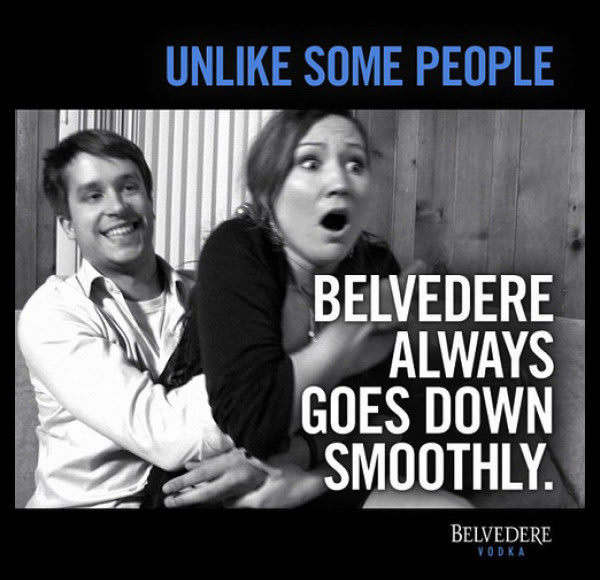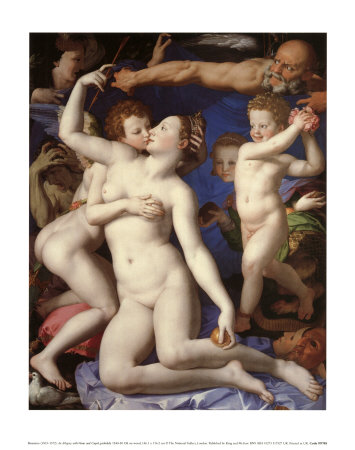The male gaze is when the spectator is put in the shoes of the male, where the male gazes upon the body of female. In which he tries to unravel the type of women she is by watching her movements and actions. Such examples of the male gaze is seen throughout many forms of media from art to film. A good present day example would be the show "Mad Men" where many proclaim that the show is sexist due to its vast forms of the male gaze.
 |
| A scene from Mad Men |
Women always have their appearance in mind, or how she is seen by a male figure. As John Berger said "Men look at women, women watch themselves being looked at". Where woman watch themselves to see how men perceive the gaze. More times than none the female being gazed at will become more self conscious of herself and her clothing, and at times will change the way she dresses to lessen the chances of being gazed at.
The oppositional gaze was described to challenge the authority of the audience, for the permission to look. "It was oppositional black gaze that responded to these looking relations by developing independent black cinema" (Hooks 117). The movies of a certain era portrayed black women stereotypically and the oppositional gaze was made as a rebellion towards that portrayal. It showed black females not to accept the stereotypical portrayal of women in media but to create new ones. One who paved the way for such media was Spike Lee creating movies that opposed such things as the latter.
While watching such things that depict women as scandalous or having sex appeal we tend to judge them negatively. However, in reality we have no clue of how such woman or female is. We only perceive what we see before our eyes and not what is behind the picture. The male gaze gives a one sided story about what we see and not about the person that is being seen.
In the media they show what people want to see. Furthermore, what you see in the media might not be what is really happening. For example, when portrayed in a movie or show a Muslim was always portrayed as a terrorist and who meant nothing but harm. In reality that is totally untrue..






,_Artemisia_Gentileschi.jpg)




















